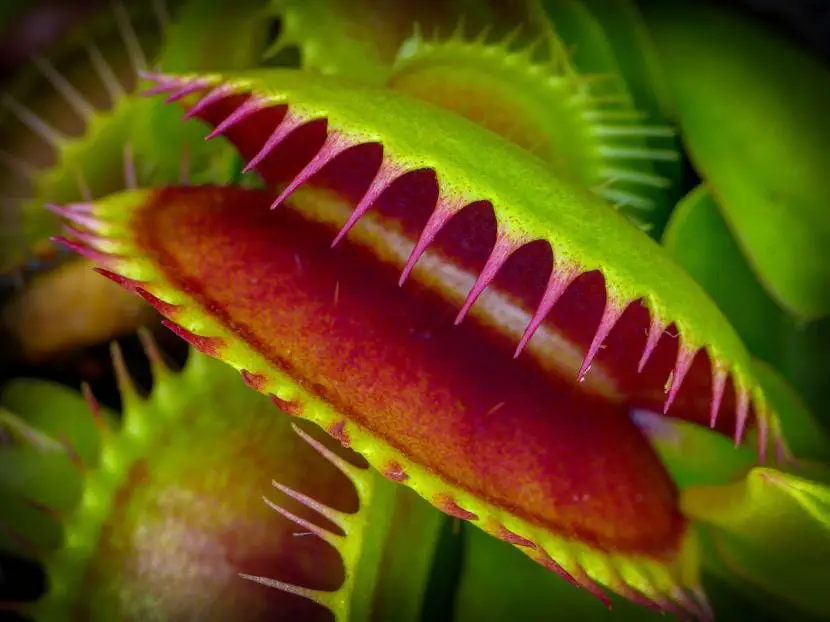
Dionaea muscipula
As if it were a whim of nature, one day certain plants undertook a path that would end up turning them into carnivores. Yes, yes, in plant beings that feed on insects and protozoa.
No other types of plants do that, so it is very interesting to know the origin of the Venus flytrap. And now, finally, we can find out.

In 2010, the European Union financed the Carnivorom project with 2,5 million euros, which during 2016 successfully completed one of its objectives, which were to find the origins of carnivorism in the plant we know as the Venus flytrap and what the botanists call Dionaea muscipula. Thus, they have been able to find out that this strange and, at the same time, attractive plant began its evolution about 40 million years ago from an ancestor who was already a carnivore.
Its predecessor had flypaper-like leaves, and it developed at least six times in an independent way until the traps it has today were useful enough to attract and hunt its prey, according to German biophysicist Rainer Hedrich of the University of Würzburg, who led the study.

Another really curious thing they discovered was that these plants are capable of counting up to 60 hairs. As you have surely seen, in each Dionaea trap there are three hairs. When an insect touches one, nothing happens, the plant remembers it in case it is lucky; but when you touch the other two in a time frame, it closes automatically. Well, for this to happen, the chitin that is part of the structure of insects is key.
As the study reveals, the Dionaea muscipula was reprogrammed to use chitin as a food signalFor conventional plants, chitin is a danger sign, since many insects eat leaves and stems.
What did you think of this discovery?

